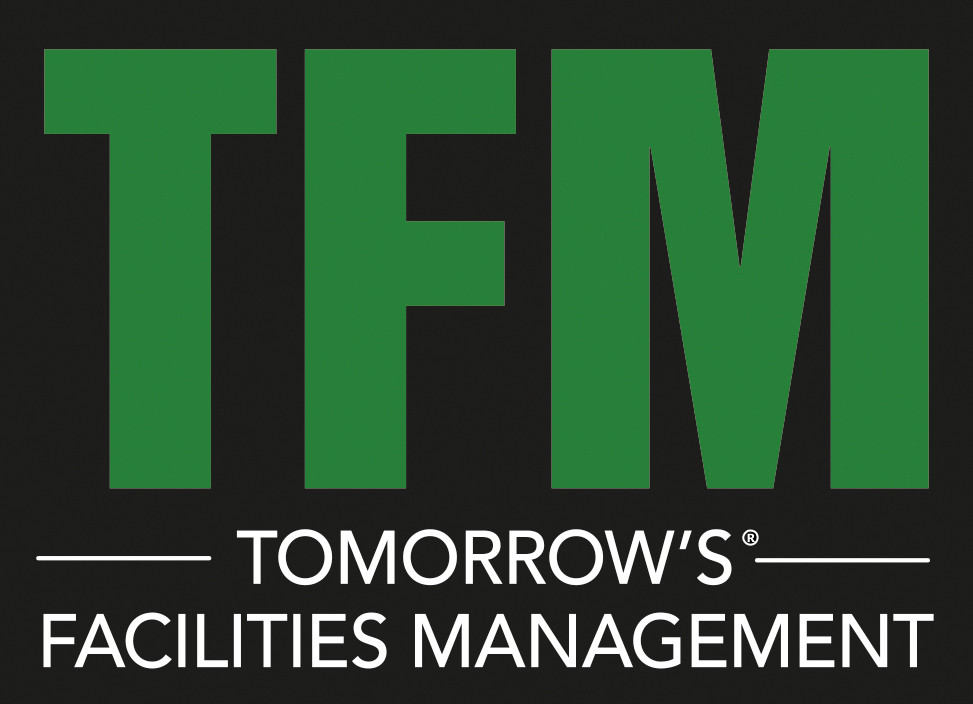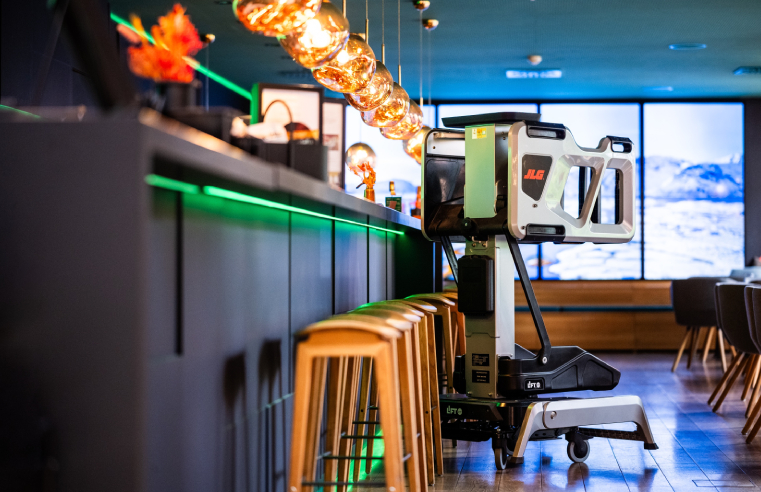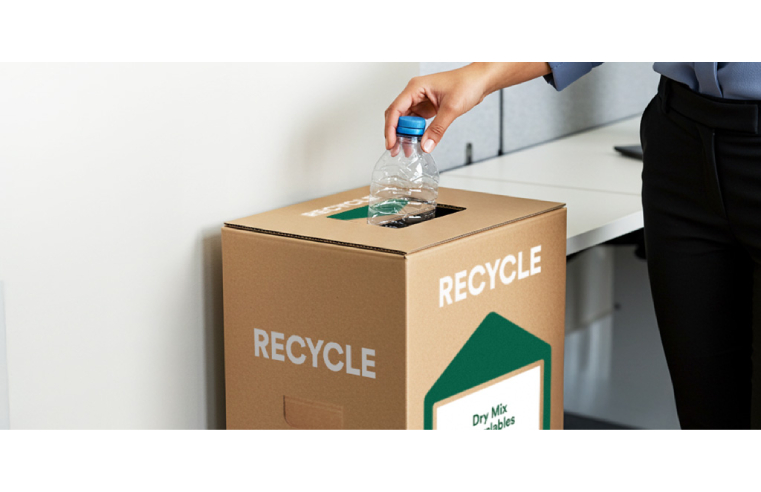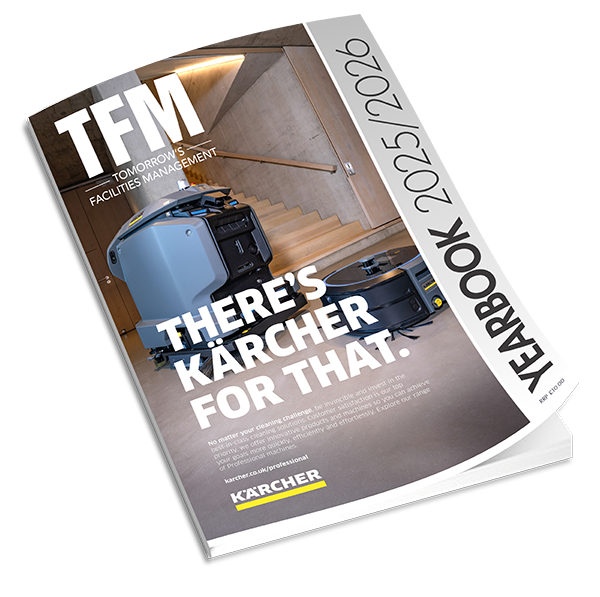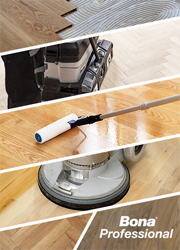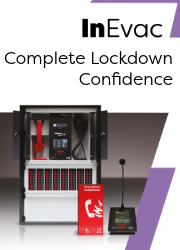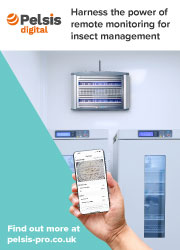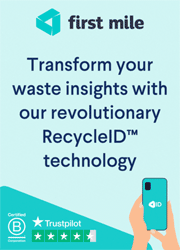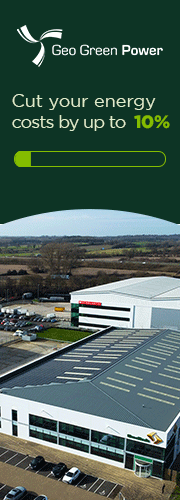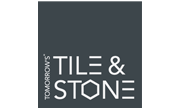Emily Newton is an industrial journalist. As Editor-in-Chief of Revolutionized, she regularly covers stories in construction and facilities management.
Smarter connections and data-driven processes are transforming the modern world, and it’s being spurred by the widespread adoption of IoT (internet of things) and connected devices. According to Statista, the total number of global IoT-connected devices is expected to surpass approximately 75bn by 2025. The technology is powerful and extremely beneficial, but so are the additional technologies tethered to it, such as machine learning, advanced automation, and even robotics.
Like many industries, self-storage has the potential to see a huge transformation thanks to the adoption of the IoT. The technology will drive a digital revolution, where data-driven and extremely connected solutions are empowered and accessible. To understand how IoT is going to affect self-storage, and optimise various processes, we need to dig a little deeper.
Here are six ways in which IoT will help to optimise a self-storage facility.
General security
Understandably, security is a huge concern for self-storage facilities, and that’s true whether storage units are located outdoors or in enclosed spaces and facilities. Not only is it a manager’s responsibility to keep track of who’s on the property and what they’re doing, but they must also monitor the rest of the property, including maintenance rooms, sheds, and other access points.
Mobile-enabled and remote access security solutions can vastly improve security by allowing managers to monitor the property in real-time. Most importantly, when an anomaly is detected, the system will send notifications or alerts, keeping the proper parties in-the-loop.
Motion detection sensors can inform managers when people enter or leave areas. Triggered sensors can send alerts when units are opened, closed, or interacted with. The same kinds of sensors can be deployed to buildings, fences, gates, walkways, and other communal areas. They can even be used to monitor things like smoke and C02 levels, flooding, and so on.
Climate controls
Without proper ventilation, storage units can get extremely hot even if they’re not located in a particularly warm or humid region. While most storage facilities do maintain some cold storage options, not all units are properly ventilated or air-conditioned.
IoT sensors can be used to monitor all storage units, with a dashboard-based system to see if there are any problems, or if anything is malfunctioning. Rather than walking from unit to unit, managers can monitor the temperatures and climate stats remotely.
Similar to security-focused devices, they can receive alerts and notifications for changes in temperature, detected events, and other triggers. Managers can open the unit to air out the inside, or contact the unit owner(s) to discuss moving items or finding a better cold storage solution.
They also come with performance enhancements. Smart climate controls, with more efficient transformers and IoT-driven controllers, can provide better cost savings, and a host of other benefits. For instance, there are cost savings, energy savings, reduced emissions, and much more. Considering self-storage facilities often have so many units, whether occupied or not, those savings can be monumental.
Pest controls
Generally, a self-storage facility is open to the elements, with outward-facing units. In select areas, that may make them enticing to rodents, critters, and other pests. That’s not including problems associated with whatever is stored inside those units -- certain items can inherently attract more pests. Therefore, it’s important to keep up with pest control processes, whether that means employing a regular exterminator or installing various ground sensors to detect movement.
IoT can help significantly, just as it can with regular security. Remote notifications can aid in tracking their movements across a property, locating nests and identifying potential access points. The problem with pests is that once they appear, the upkeep needs to be ongoing to prevent a severe infestation.
Unit availability
The traditional way to keep track of available storage units was to walk through the self-storage facility and jot down open or unused spaces on a piece of paper. With IoT, that’s no longer necessary. A digital system can be used to monitor which units are available, how full they are, and even whether rent payments are up-to-date. Managers can also see how often they’re accessed by their owners, or if they’ve been abandoned for some time.
It enables additional opportunities. For example, if management notices someone hasn’t accessed their unit in a long while, they can send out a polite reminder and ask if they still need it. The idea is not to nudge them out, but to perhaps open up the space for reallocation or suggest other business opportunities. Maybe that customer would be interested in downsizing to a smaller unit, for instance?
On-site capacities
It’s not often that a self-storage facility is packed to the brim with people, or so crowded that capacities need to be limited. Still, with everything going on today, it’s important to keep track of how many people are on-site at a given time, and whether the capacity limits need to come into play. This is especially true of closed-in or covered facilities where people are enclosed in smaller spaces together, and more susceptible to health issues.
Plus, there are security concerns when managers cannot see how many people are on the property at once, or what they’re doing. IoT can help in this regard by tracking who’s on the property, where they are, how much time they’re spending in or around units, and so on. It can also open up crowd control opportunities, where managers might limit access to areas that currently have a lot of people visiting.
IoT in a Self-Storage Facility: Better Data Drives Smarter Action
There’s a reason why most of the scenarios discussed lead to smarter and more efficient operations. It’s because the data drives smarter action and more informed decision-making. There are also many convenient improvements offered, like the opportunity to monitor and access units remotely — whether from a mobile or main office terminal. These technologies already exist, too, and they’re being used in the industry right now.
The average self-storage facility will benefit greatly from IoT adoption, thanks to reduced operating costs, smarter and more efficient processes, new business opportunities, and enhanced security. When it all boils down, it’s silly to argue against the adoption of IoT in the field.



